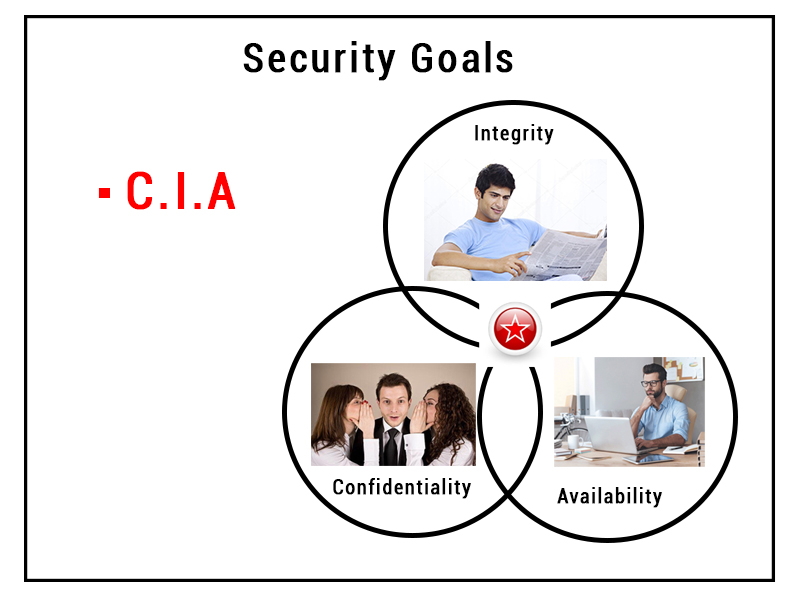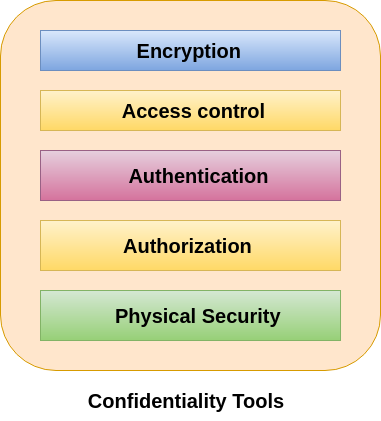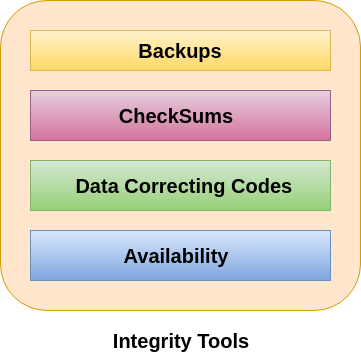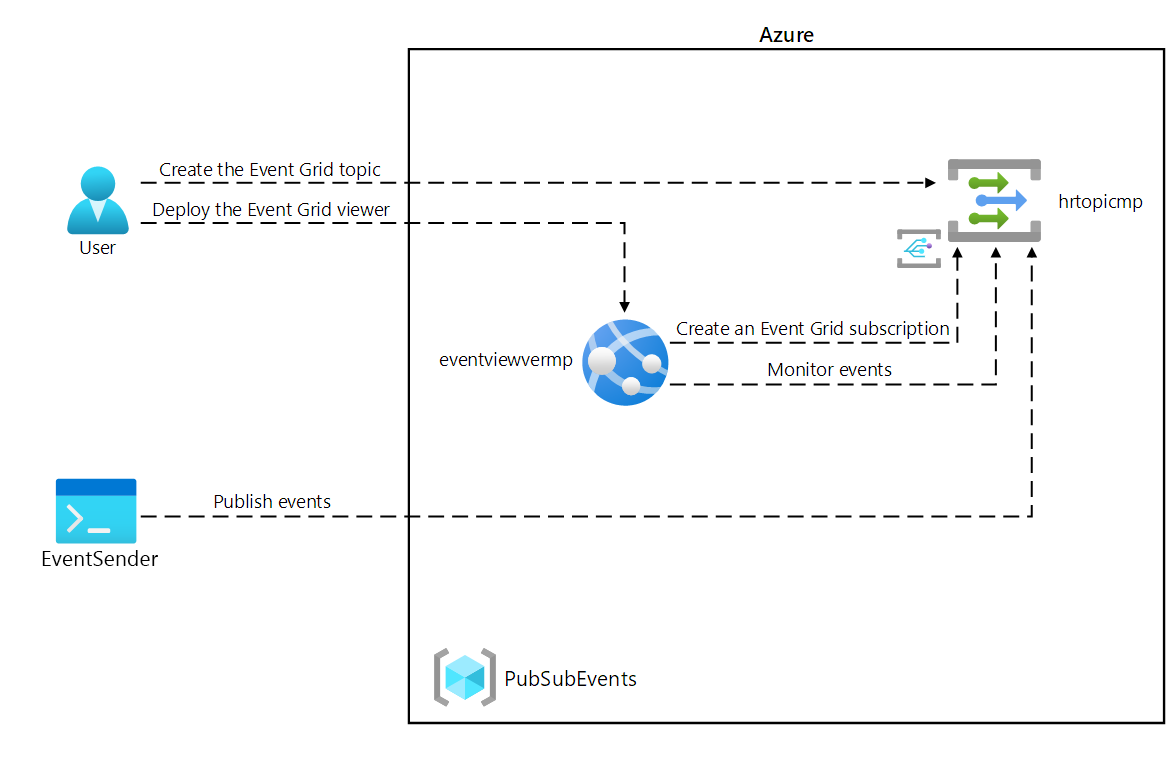The objective of Cybersecurity is to protect information from being stolen, compromised or attacked. Cybersecurity can be measured by at least one of three goals-
- Protect the confidentiality of data.
- Preserve the integrity of data.
- Promote the availability of data for authorized users. These goals form the confidentiality, integrity, availability (CIA) triad, the basis of all security programs. The CIA triad is a security model that is designed to guide policies for information security within the premises of an organization or company. This model is also referred to as the AIC (Availability, Integrity, and Confidentiality) triad to avoid the confusion with the Central Intelligence Agency. The elements of the triad are considered the three most crucial components of security.
- something the person has (like a smart card or a radio key for storing secret keys),
- something the person knows (like a password),
- something the person is (like a human with a fingerprint).
- Physical Protections
- Computational Redundancies
The CIA criteria are one that most of the organizations and companies use when they have installed a new application, creates a database or when guaranteeing access to some data. For data to be completely secure, all of these security goals must come into effect. These are security policies that all work together, and therefore it can be wrong to overlook one policy.
The CIA triad are-

1. Confidentiality
Confidentiality is roughly equivalent to privacy and avoids the unauthorized disclosure of information. It involves the protection of data, providing access for those who are allowed to see it while disallowing others from learning anything about its content. It prevents essential information from reaching the wrong people while making sure that the right people can get it. Data encryption is a good example to ensure confidentiality.Tools for Confidentiality

Encryption
Encryption is a method of transforming information to make it unreadable for unauthorized users by using an algorithm. The transformation of data uses a secret key (an encryption key) so that the transformed data can only be read by using another secret key (decryption key). It protects sensitive data such as credit card numbers by encoding and transforming data into unreadable cipher text. This encrypted data can only be read by decrypting it. Asymmetric-key and symmetric-key are the two primary types of encryption.Access control
Access control defines rules and policies for limiting access to a system or to physical or virtual resources. It is a process by which users are granted access and certain privileges to systems, resources or information. In access control systems, users need to present credentials before they can be granted access such as a person's name or a computer's serial number. In physical systems, these credentials may come in many forms, but credentials that can't be transferred provide the most security.Authentication
An authentication is a process that ensures and confirms a user's identity or role that someone has. It can be done in a number of different ways, but it is usually based on a combination of-Authorization
Authorization is a security mechanism which gives permission to do or have something. It is used to determine a person or system is allowed access to resources, based on an access control policy, including computer programs, files, services, data and application features. It is normally preceded by authentication for user identity verification. System administrators are typically assigned permission levels covering all system and user resources. During authorization, a system verifies an authenticated user's access rules and either grants or refuses resource access.Physical Security
Physical security describes measures designed to deny the unauthorized access of IT assets like facilities, equipment, personnel, resources and other properties from damage. It protects these assets from physical threats including theft, vandalism, fire and natural disasters.2. Integrity
Integrity refers to the methods for ensuring that data is real, accurate and safeguarded from unauthorized user modification. It is the property that information has not be altered in an unauthorized way, and that source of the information is genuine.Tools for Integrity


No comments:
Post a Comment